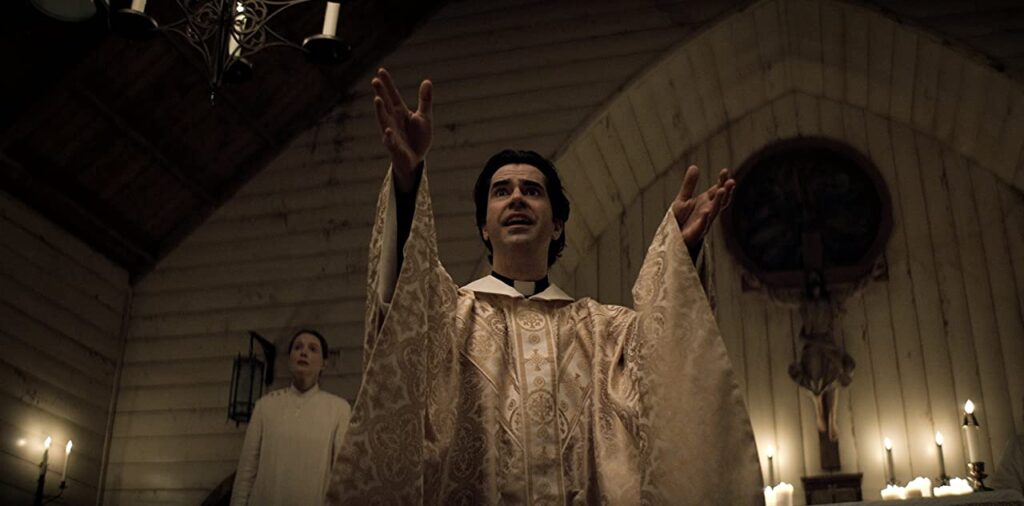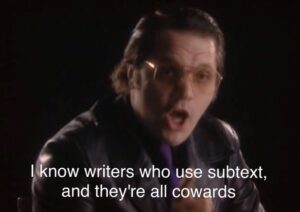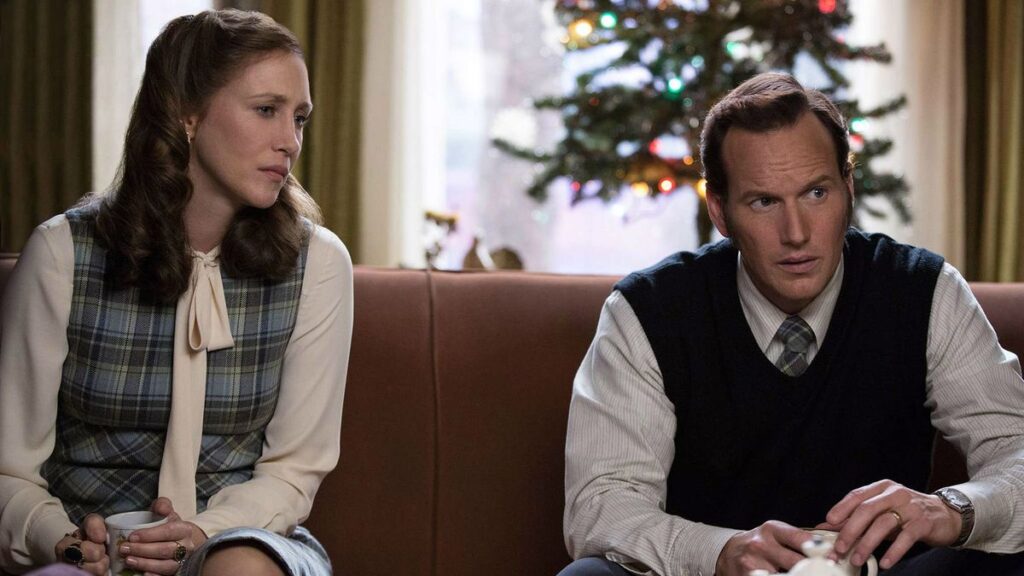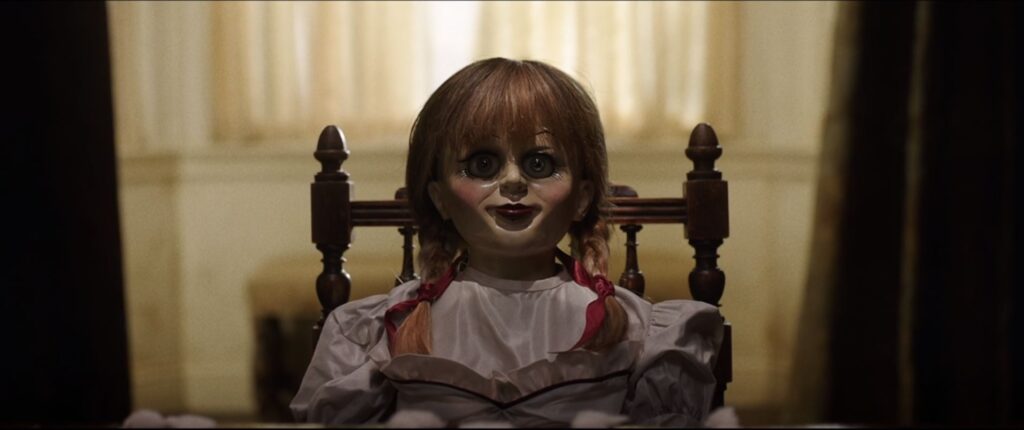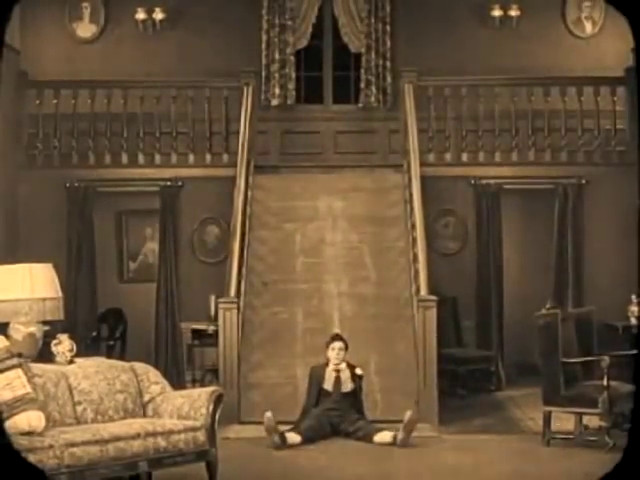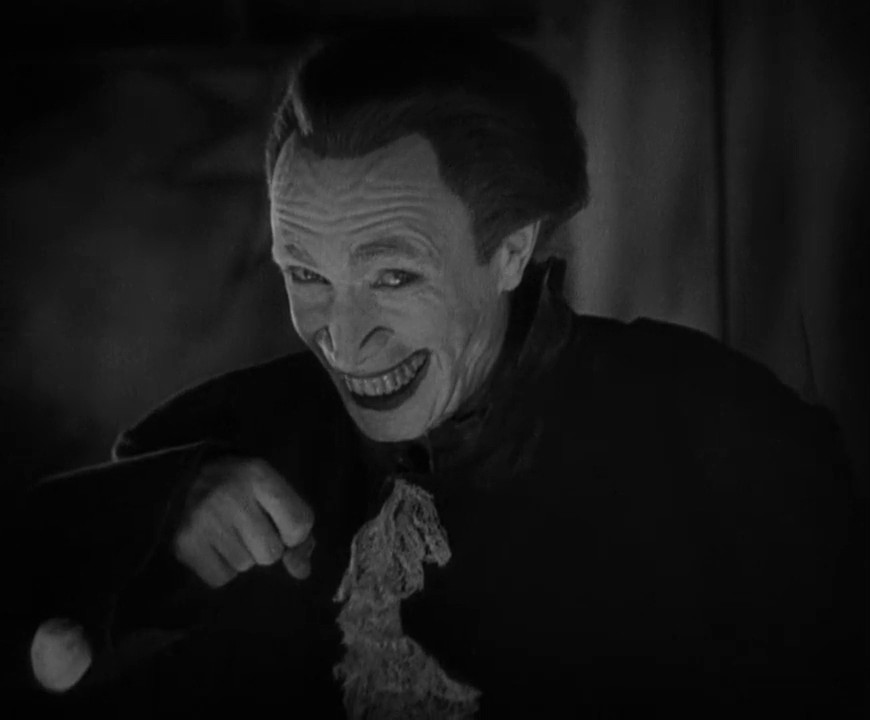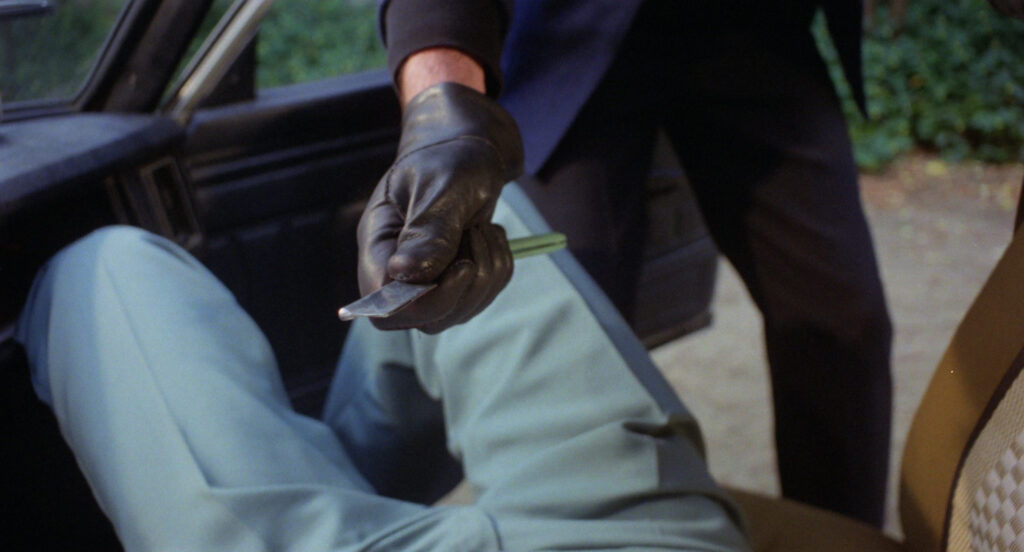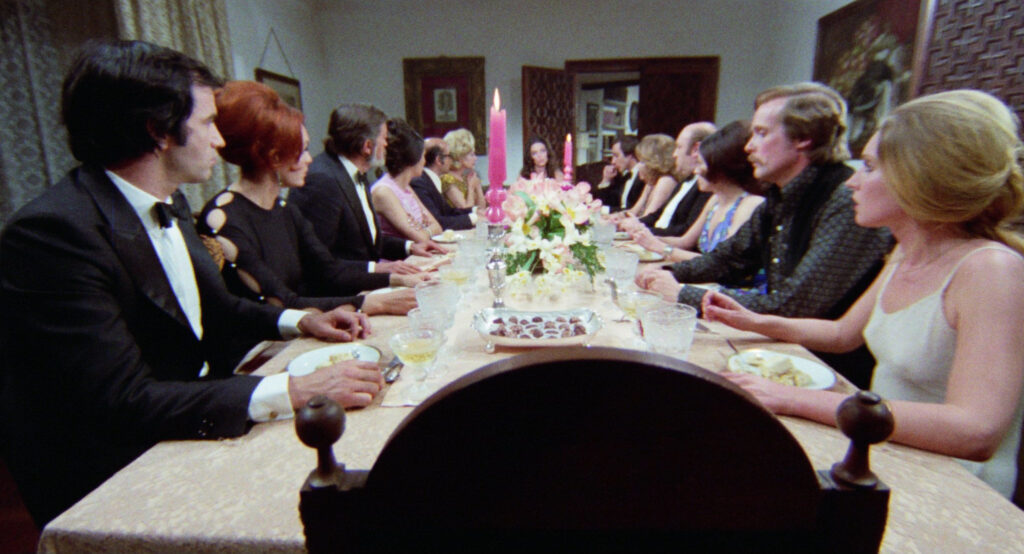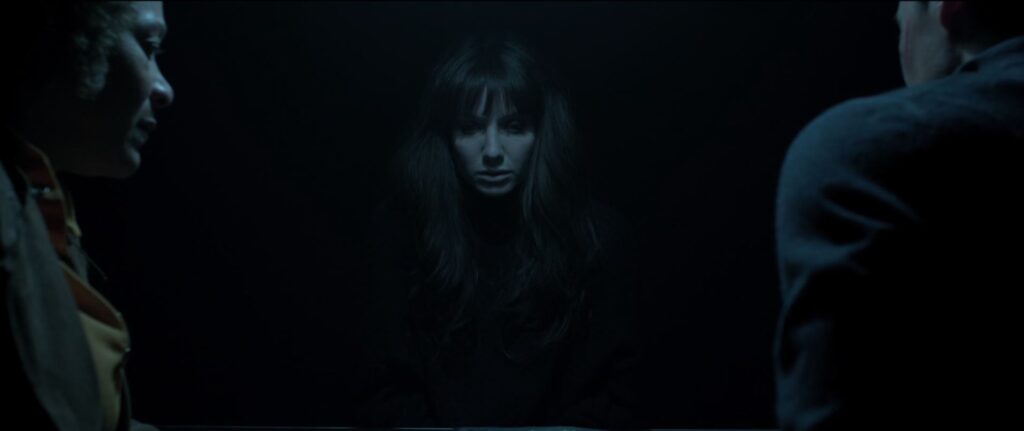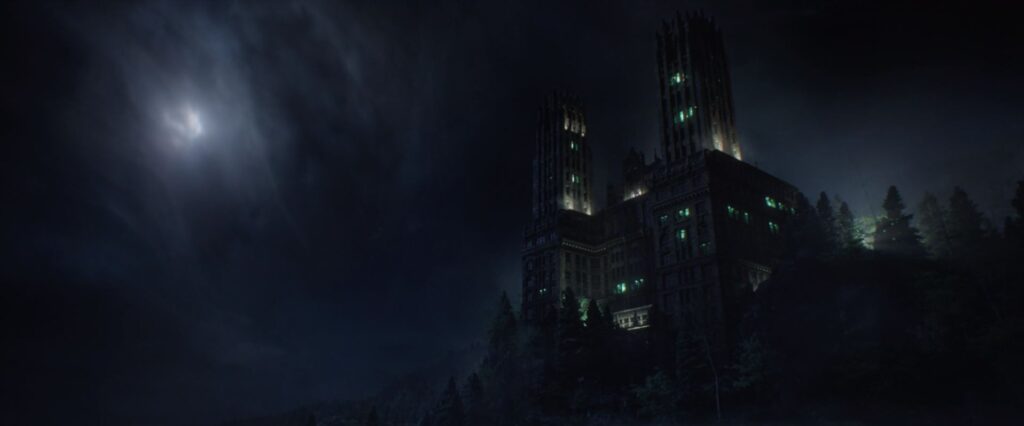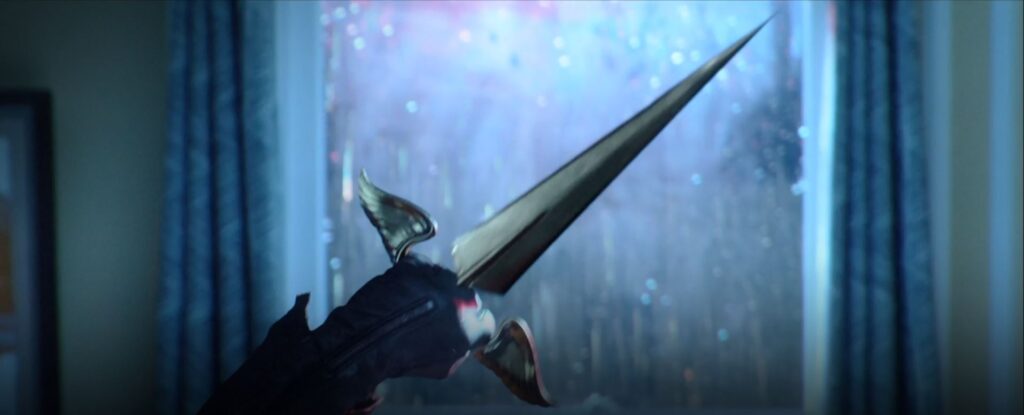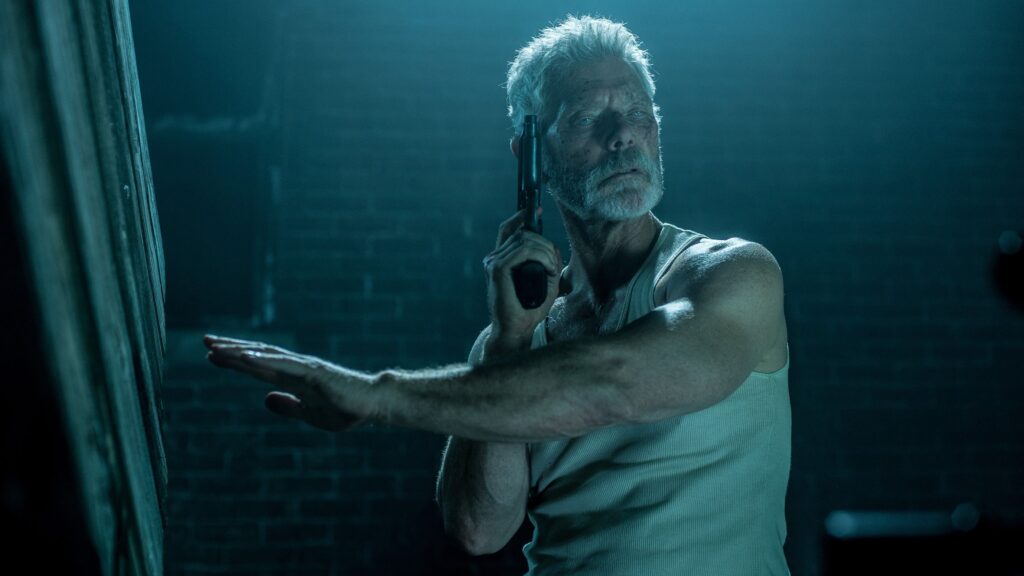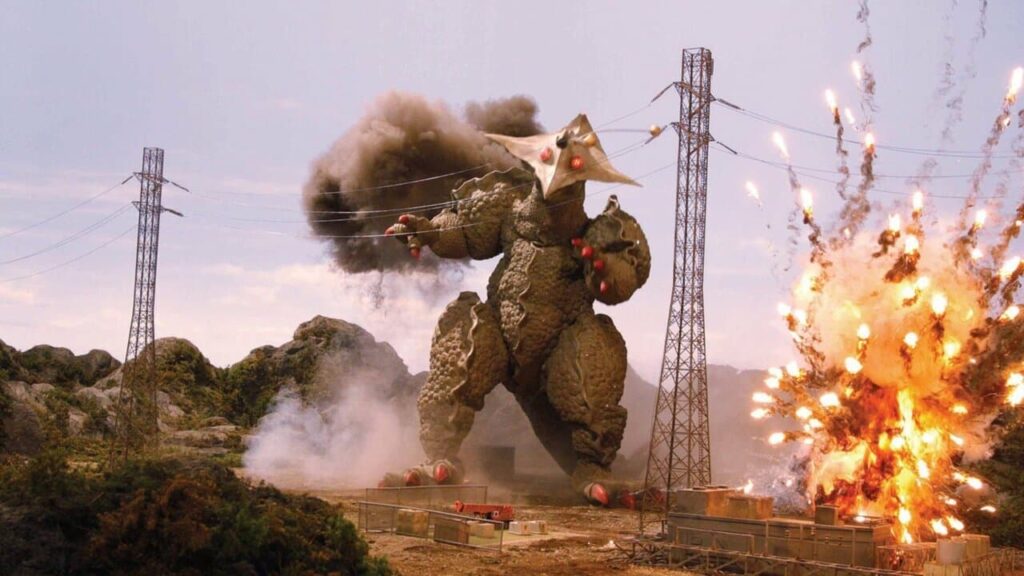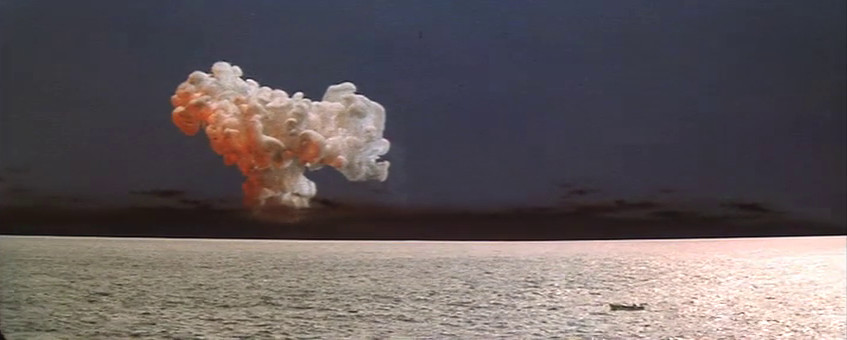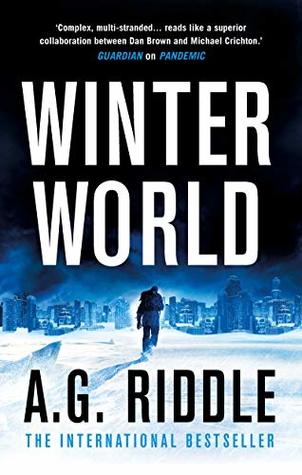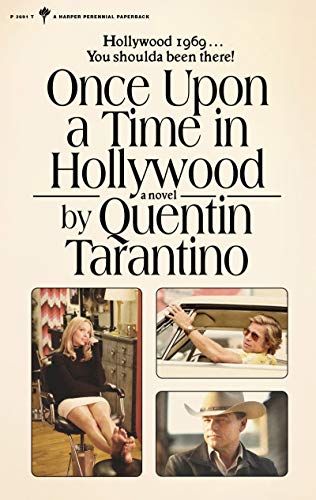The Six Weeks of Halloween Is Also Televised
The line between movies and television has been blurring more and more of late, but both Midnight Mass and Garth Marenghi’s Darkplace are pretty clearly series and it’s always good to liven up The Six Weeks of Halloween with some television peppered in between all the movies.
The Six Weeks of Halloween: Week 3.5 – Televised Horror
Midnight Mass – A mysterious, charismatic new priest joins a fishing community on a remote island. With him comes a series of enigmatic omens, and an epidemic of monologues. Just craptons of monologues.
Director and co-writer Mike Flanagan has slowly and steadily built up a reputation for thoughtful work in the horror genre. What the normals tend to call “elevated horror” or somesuch (whatever that means). He has found something of a patron in Netflix, and the majority of his recent work has been released there – whether that be movies, like Hush and Gerald’s Game, or series, like The Haunting of Hill House. Midnight Mass might not be as much of a crowd-pleaser, but it will really fire up the A24 “elevated horror” crowd. The number of people falling all over themselves to say something like “this isn’t really horror” because it deals with complex themes in a mature manner is a little strange (these aren’t uncommon themes in the genre), but not that surprising.
Granted, it’s unusual to see this sort of thing stretched out to 7 hours, which lets some of these complicated topics breathe. It’s an ambitious blend of themes ranging from religion and fanaticism to addiction and recovery to grief and family and the intersection of all of the above. Despite what some Vox critics might think, it’s deeply critical of organized religion and in particular, Catholicism. At first glance this does come off as a bit cliched in that Hollywood has some pretty glaring political biases in these directions (thus you can predict certain things about the series with remarkable accuracy early on in the going), but it’s hard to argue with the idea of, for example, the Church hiding a murder in light of the sexual abuse scandals that have arisen in the past few decades (and in the case of the series, it’s a much, much smaller and isolated conspiracy.) Still, there are some folks who seem reasonable that go along with some pretty heinous things, almost immediately after being presented with them.
The tradeoff that comes with delving into these themes, as hinted at above, is the proliferation of monologues throughout the series. It’s very talky and every episode features multiple monologues that could grate on some folks, but for the most part they are effectively written and well performed. Again, sometimes biases are shown. For example, one conversation between priest and atheist basically comes down to the fact that there are no satisfactory Theodicies (i.e. attempts to reconcile the existence of evil with God). Maybe it’s just my 16 years of Catholic schooling, but this is not something Catholics are unfamiliar with, nor is it particularly comforting (another confusing argument leveled towards the priest).
Some of these monologues could potentially come off as smug and self-satisfied, but as an illustration of a more general point, they work and again, they’re well written and performed. Human beings tend to twist unexplained events to fit with their beliefs or their needs and desires, and this is well illustrated during the course of the series. As a result, the series does come off as very writerly, in that it’s clearly constructed to make various points. There’s a lot of interesting choices made about the setting and characters that fit together and are almost designed to reach certain conclusions.
There are some more traditional horror elements presented throughout the series. Slowly at first, but moreso as it goes on. This is a mild spoiler, but it does seem rather odd that no one seems to recognize traditional vampire tropes when they see them. Hmm, this guy just drank someone’s blood and when they put their hand in sunlight it bursts into flame… I guess he’s an angel? Beyond that, Flanagan’s usual visual flare and talent for suspense is in evidence, especially as the series progresses. There isn’t quite the density of scares that you see in Hill House, but it’s not unbalanced or anything.
Ultimately, Midnight Mass is a good series and I enjoyed it. I’m perhaps not quite as high on it as a large proportion of the audience, but I can certainly see this hitting some people much harder than it did me, and while I might be making various quibbles about cliches and whatnot, it’s definitely nice to see an ambitious long-form story that tackles these themes with this sort of poise.
Garth Marenghi’s Darkplace – This 6 episode British series is a spot-on parody of the 70s and 80s boom of horror fiction and low budget television. It’s framed by the fictional character of Garth Marenghi (“Author. Dreamweaver. Visionary. Plus actor.”) looking back at a series he wrote, produced, directed, and starred in years ago. Each episode comes with an introduction from Marenghi, usually reading a ridiculous quote from one of his many novels (“I’m one of the few people you’ll meet who’s written more books than they’ve read.”), then the episode of the show he made is interspersed with commentary by him, and a couple other folks.
In short, it’s hilarious. It actually made quite a nice change of pace from the relatively heavy episodes of Midnight Mass. I can be a little hit-or-miss when it comes to British humor, but this is a definite hit for me. There’s a high joke density throughout, and while it is distinctly British, it also reminded me a bit of Zucker/Abrahams parodies like Airplane and Police Squad. The dialog comes fast and the jokes layered and complex, with supporting visual gags sprinkled throughout.
I’ve heard about this for years and seen tidbits here and there, but it hasn’t really been widely available until recently (it’s on Amazon Prime now, if you’re curious). It’s short and sweet, and if you like this sort of humor and you’re a genre fan, you’ll probably get a kick out of it. Give it a shot!
I actually finished both of these series, so we’ll see if I get to some others. I’ve been keeping up with season 3 of What We Do in the Shadows (the whole series is highly recommended) and am trying to decide if I’ll tackle anything else during the 6 Weeks. Notable candidates include Wellington Paranormal and Dark. I suspect I’ll watch at least a little of both. Anyways, stay tuned, this weekend we visit Fear Street!
